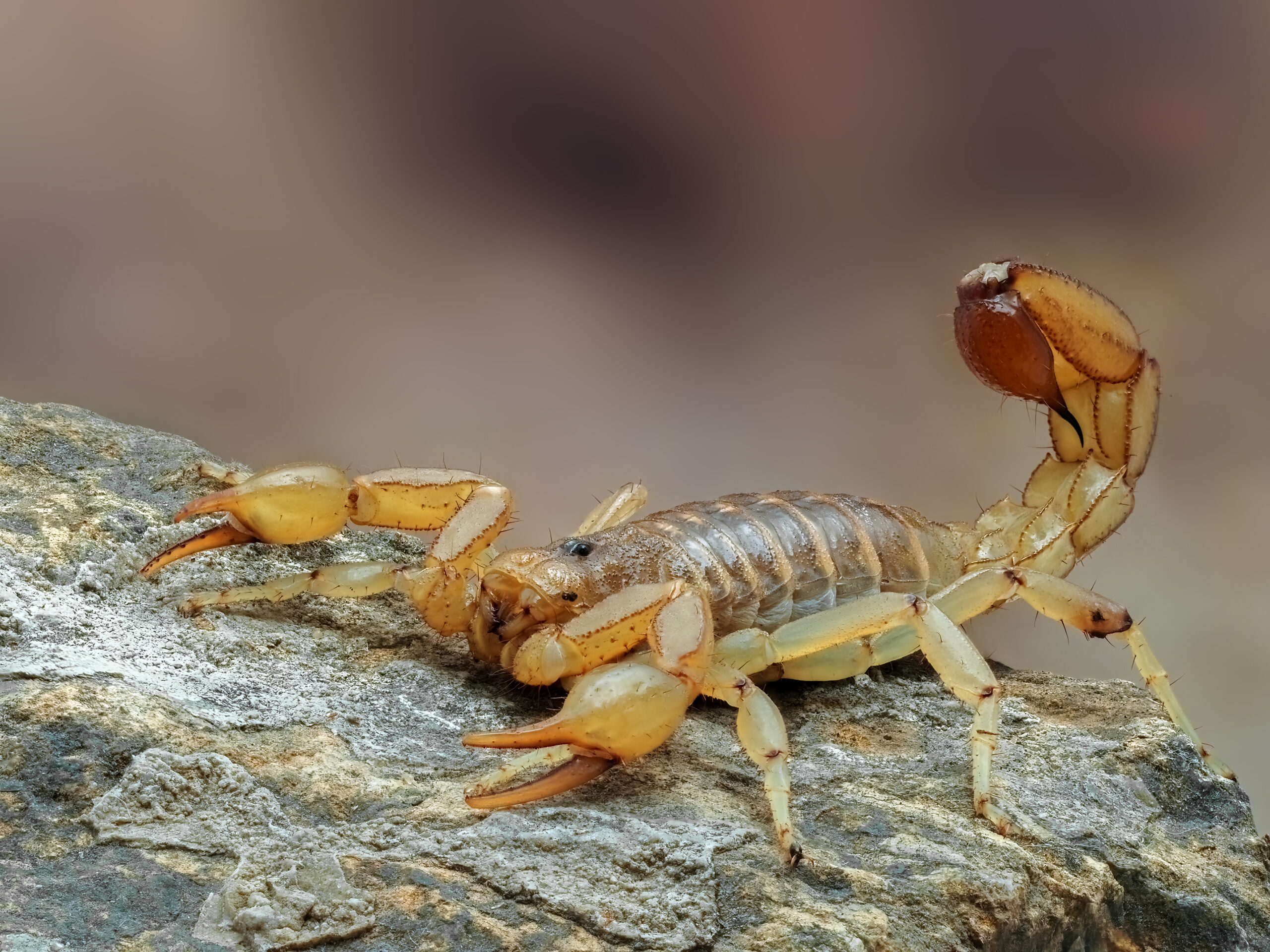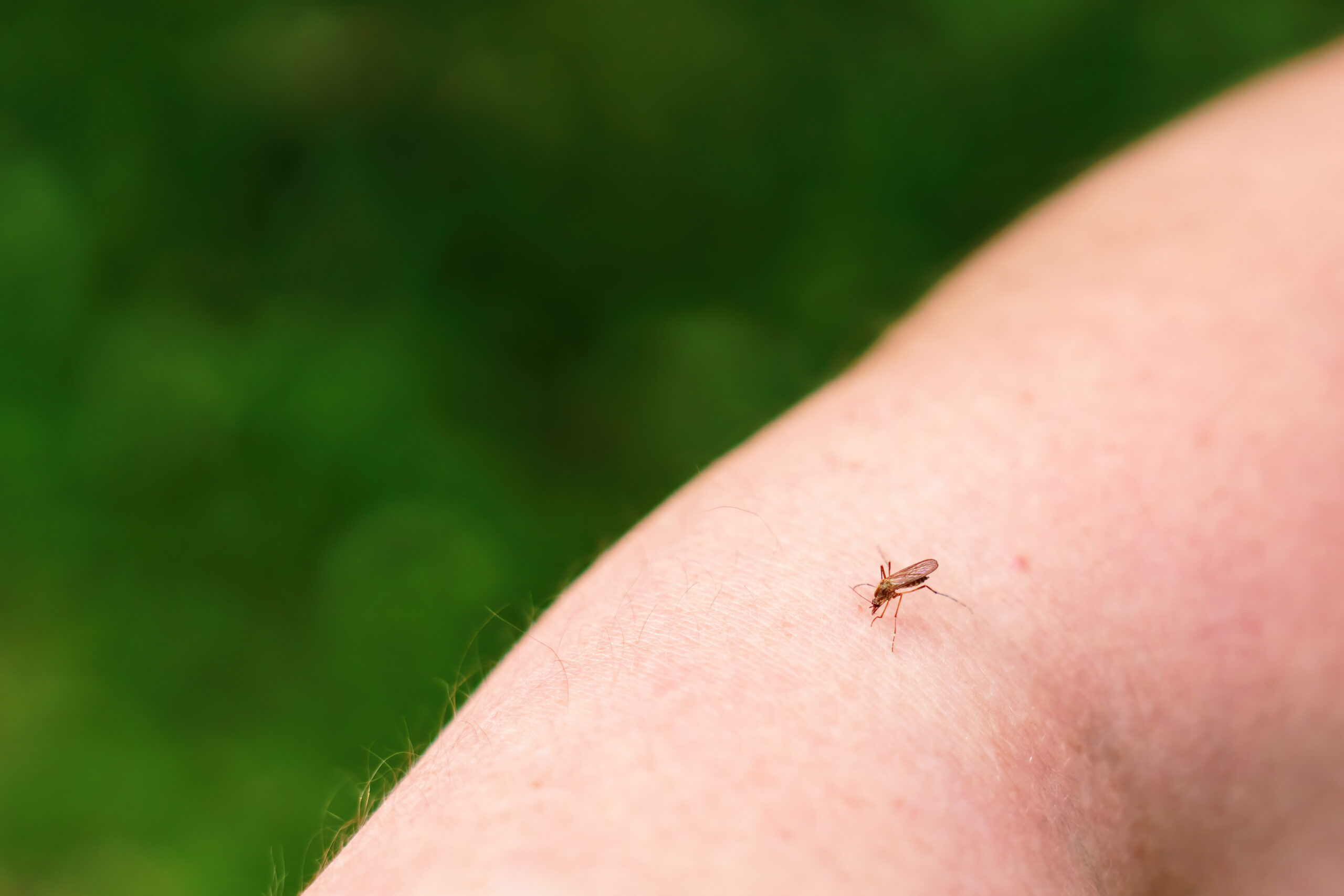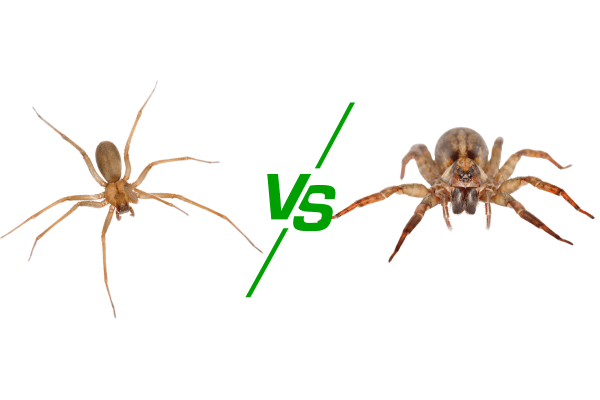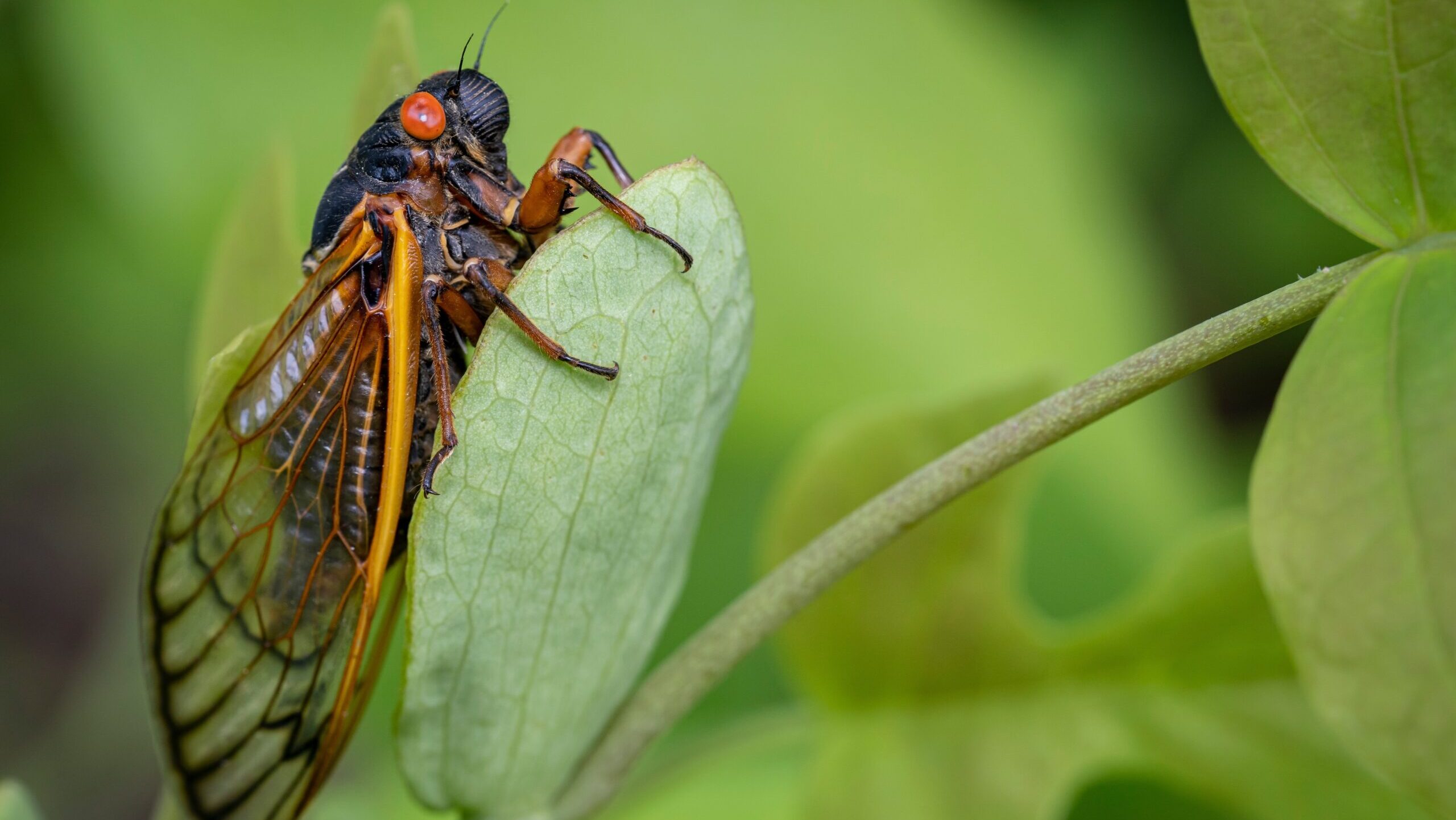Arizona Scorpions
Arizona’s desert ecosystem is home to a variety of unique creatures, and scorpions are some of the most fascinating—and feared—inhabitants. While scorpions play an essential role in the environment, their presence near or in homes can cause unease. At Phoenix Pest & Termite Control, we aim to provide you with a comprehensive guide to Arizona’s scorpions, including what they look like, where they live, what they eat, and how to keep them out of your home.
Common Scorpion Species in Arizona
Arizona is home to several species of scorpions, with these three being the most common:
1.Arizona Bark Scorpion (Centruroides sculpturatus)
- Appearance: Light tan or yellowish, with long, slender pincers and a thin, elongated tail. These scorpions grow up to 3 inches in length.
- Why They’re Notable: The bark scorpion is the most venomous scorpion in North America. Its sting can cause intense pain, numbness, and, in rare cases, more severe symptoms like difficulty breathing. Children, the elderly, and individuals with allergies are more at risk for complications.
- Behavior: Bark scorpions are nocturnal and excellent climbers, often entering homes through walls, ceilings, or even small cracks.
- Fun Fact: They glow under UV light, making them easier to spot with a blacklight.
Related Article: The Hidden Dangers of Bark Scorpions
2.Desert Hairy Scorpion (Hadrurus arizonensis)
- Appearance: Large and robust, reaching up to 6 inches in length. They have a yellowish body with dark markings and sensory hairs covering their exoskeleton.
- Why They’re Notable: Although intimidating due to their size, their sting is generally harmless to humans, akin to a mild bee sting.
- Behavior: Desert hairy scorpions prefer dry, sandy environments and are less likely to invade homes than other species.
- Fun Fact: They dig burrows and spend much of their time underground, coming out primarily at night.
3. Striped Devil Scorpion (Vaejovis spinigerus)
- Appearance: Medium-sized, dark brown with light stripes on its back and tail.
- Why They’re Notable: Their sting is painful but not medically significant for most people.
- Behavior: These scorpions hide under rocks, logs, and debris during the day and emerge at night to hunt.
- Fun Fact: Striped devil scorpions are opportunistic and adaptable, often found in both rural and urban areas.
Scorpion Behavior and Habitat
Scorpions are arachnids, not insects, and they’ve adapted to thrive in harsh desert climates. Here’s a closer look at their behavior and habitat:
- Diet: Scorpions are carnivorous predators, feeding on crickets, spiders, beetles, and even other scorpions. Larger species, like the desert hairy scorpion, may also eat small vertebrates such as lizards or rodents.
- Hunting Techniques: Scorpions use their pincers to capture prey and their stingers to inject venom, immobilizing their target. They consume their meals by liquefying the prey with digestive juices.
- Where They Hide:
- Outdoors: Under rocks, woodpiles, tree bark, or inside burrows.
- Indoors: In cool, dark spaces like closets, basements, attics, or behind furniture. They often enter homes seeking shelter or prey.
- Activity: Scorpions are nocturnal, so they’re most active after sunset. During the day, they hide to avoid the heat.
How to Prevent Scorpions
Keeping scorpions out of your home requires proactive measures. Here’s how to make your property less inviting to these arachnids:
- Eliminate Food Sources:
- Regular pest control treatments can reduce the insect populations scorpions feed on.
- Keep your home clean, especially the kitchen, to avoid attracting pests like crickets and cockroaches.
- Seal Entry Points:
- Use caulk to seal cracks and gaps in walls, windows, and foundations.
- Install weatherstripping around doors and ensure window screens are intact.
- Maintain Landscaping:
- Trim bushes and trees away from your home.
- Use gravel or crushed rock near your foundation instead of mulch, which provides cover for scorpions.
- Remove Outdoor Debris:
- Clear woodpiles, rocks, and other clutter where scorpions can hide.
- Store firewood at least 20 feet from your home and off the ground.
- Modify Outdoor Lighting:
- Switch to yellow or sodium vapor lights, which attract fewer insects—and, consequently, fewer scorpions.
Related Article: What Attracts Scorpions to Your Home?
Scorpions and Human Safety
While scorpions may seem frightening, most species in Arizona are not dangerous to humans. Here’s what to do if you encounter one:
- Spotting Them: Use a UV flashlight to locate scorpions at night. Their exoskeletons fluoresce under UV light, making them easy to identify.
- Sting Treatment: For most stings, clean the area with soap and water and apply a cool compress to reduce swelling.
- Seek medical attention if symptoms worsen, especially for bark scorpion stings or if the victim is a child or elderly person.
Contact Phoenix Pest for Scorpion Control Today
Don’t let scorpions make you uncomfortable in your own home. Let Phoenix Pest & Termite Control provide you with the expertise and solutions you need to stay safe and scorpion-free.
📞 Call us at 623-294-8916
💻 Visit PhoenixPest.com




